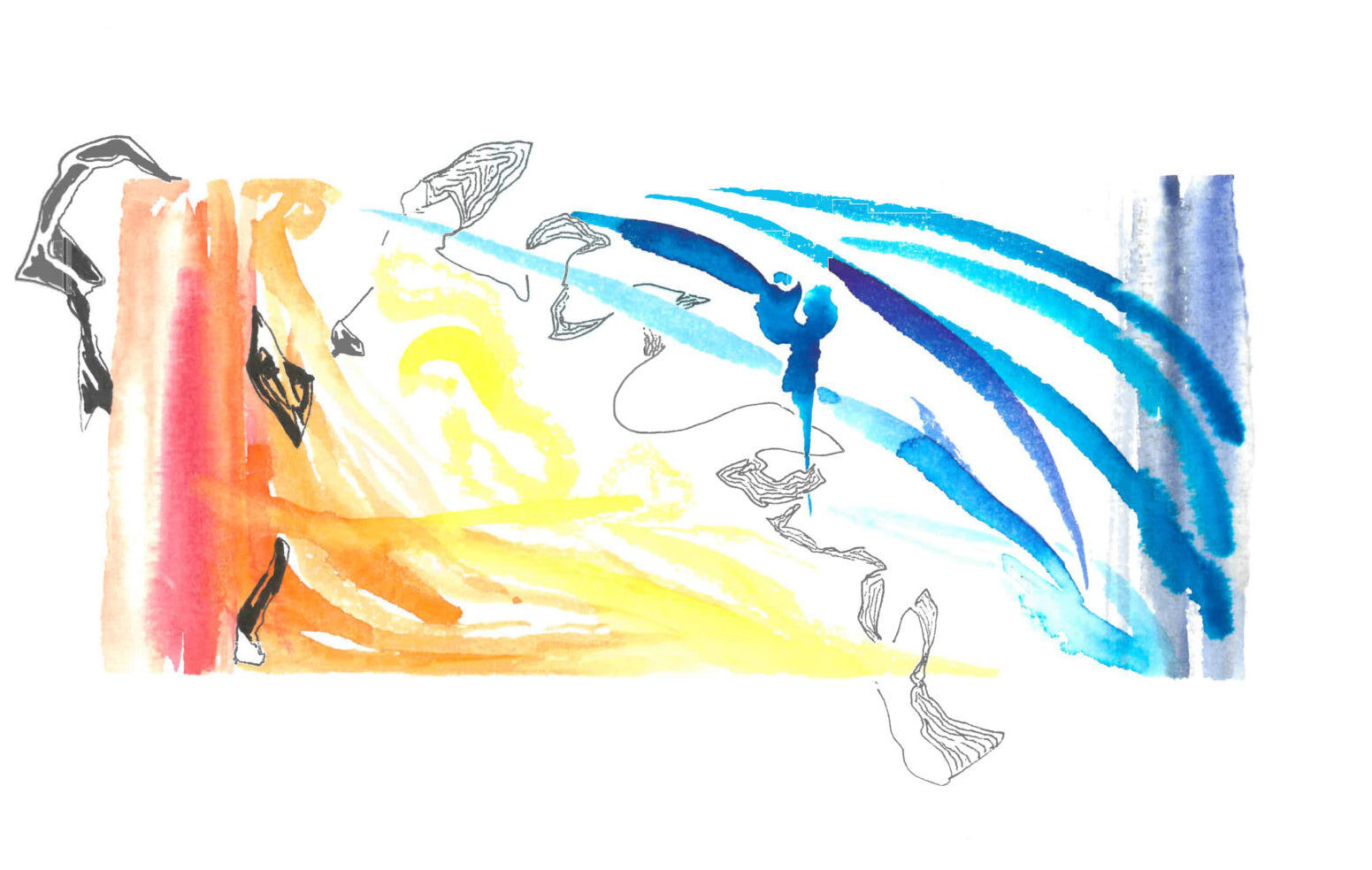About
What is echome?
- a digital wearable interface that makes possible the production of sound through movement in an intuitive and accessible way.
- a pedagogy that guides participants through different ways of working with sound and movement interaction.
- a creative medium that facilitates self-expression as part of an embodied kinesonic experience.
- a form of practice that maps the terrain of sound and movement interaction both in terms of the phenomenal experience of the user as well as the contexts and value systems within which this experience is situated.
The system was developed by Maria Kapsali, Kingsley Ash and Nikos Stavropoulos in collaboration with dance artists Sophie Alder and Sandrine Monin, industry professionals and diverse groups of end-users. Here is a short film that documents the first phase of development.
The project was supported by the Cultural Institute Catalyst Award (2019-2021), the Michael Beverley Innovation Fellowship (2020-2021) and an ESRC Healthy Ageing Catalyst Award (2022-2023).
How does echome work?
echome consists of a custom-made software and off-the-shelf hardware assembled in a secure and highly intuitive device. Find out more.
What are the ideas behind echome?
echome activities combine influences, ideas and exercises from a range of sources including: somatic disciplines; movement improvisation and composition; experimental music; theatre devising and storytelling; ‘deep listening’; discourses on accessibility; scholarship on intermedial and digital performance; philosophy of technology; and creative health. Work with echome is guided by the following principles:
- The motion input and the sonic output are given equal attention and value.
- Insights from the different contexts in which sound and movement interaction has taken place are considered and, where appropriate, become integrated.
- The user's movement is self-determined.
- The experience of creating sound out of movement is approached as a possible site for exploring processes of self-formation.
- The interaction between sound and movement is approached as a space for intersubjective encounter and world-building.
- The relationship with the technology (the software and hardware devices) is playful, exploratory and open to chance, accident and synchronicity.
What does it feel like to use echome?
When using echome, sound and movement are in a reciprocal relationship: movement creates sound and sound signals movement. This relationship can become practised, deepened, or set in a composition. As various participants have told us, working with echome can have a pleasing, empowering and liberating effect and it can also provide a powerful means for creative expression and interacting with others. Here are participant testimonies in the projects: ART-thritis and Brand New Sense.
What can echome be used for?
echome has been used in a variety of different settings and for different purposes, from dance training to healthy ageing and creative workshops. Find out more.
Can echome be used to create performance?
Absolutely! echome has been used to create performances and installations. Find out more.
What's new with echome?
New echome projects and developments arise each year. Find out more.
Want to get in touch?
If you are interested in using echome in your own work or would like to find out more, please contact echomeproject@gmail.com

Drawing Ben Skinner
